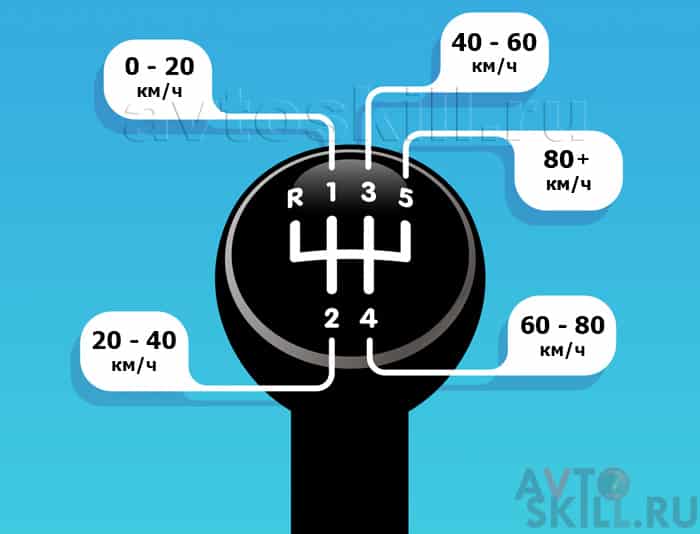
How to shift from first to second gear in a car with a manual transmission
Content
Shifting from first to second gear in a manual transmission requires precision and practice, as well as car feel.
Most cars - about 9 out of 10 - are now equipped with an automatic transmission that changes gears up and down automatically while driving. However, there are still many cars on the market with manual or standard transmissions, and older cars were much more likely to be equipped with manual transmissions.
Driving a car with a manual transmission is a great skill, whether it's for an emergency or just to expand your skill set. Shifting between gears is harder than it looks and requires precision, timing, and car feel. This article discusses how to shift from first gear to second.
Part 1 of 3: Prepare to Shift into Second Gear
If your gearbox is in first gear, your top speed will be severely limited. Shifting into second gear and beyond is necessary, but there are a few steps to take before you can move the shifter.
Step 1: RPM the engine. Most standard transmissions shift comfortably between 3000-3500 rpm (engine speed).
When you accelerate smoothly, note the engine speed on the instrument cluster. When the engine speed is approximately 3000-3500 rpm, you are ready for the next step.
- Attention: This happens within a second or two, so be prepared to act quickly but in control.
Step 2: Press the clutch pedal with your left foot to the floor and release the gas pedal.. Depress and release the two pedals at the same time smoothly and smoothly.
If the clutch isn't pressed hard enough, your car will slow down abruptly, as if you're dragging something heavy. Press the clutch harder and you coast smoothly. Fully release the gas pedal, otherwise the engine will stall, which may cause damage to the car if it turns on the red line.
- Attention: Do not apply the brakes or your vehicle will not have enough momentum to move in second gear and your engine will stall.
Part 2 of 3: Move the shift lever to second gear
With the clutch pedal depressed, you are ready to shift the shifter into second gear. The faster you complete these parts, the smoother your shifting will become.
Step 1: Pull the shift lever out of first gear.. With your right hand, pull the shift knob straight back.
A firm but gentle pull will move the switch to the center position, which is neutral.
Step 2: Find Second Gear. Most vehicles equipped with a standard transmission have second gear directly behind first gear, although this is not always the case.
The shift pattern or gear layout is printed on the top of the shift knob on most vehicles for easy identification.
Step 3: Move the switch to second gear. There will be some slight resistance and then you will feel the shifter "get up" into second gear.
- Attention: If second gear is directly behind first gear in your shift pattern, you can shift the shifter from first to second gear in one quick, fluid motion.
Part 3 of 3: Drive away in second gear
Now that the gearbox is in second gear, the only thing left to do is drive away. However, this step requires maximum dexterity for a smooth takeoff.
Step 1: Raise the engine speed a little. To facilitate the transition to second gear, bring the engine speed to about 1500-2000 rpm.
Without a slight increase in engine RPM, you will have a sharp, abrupt transition when you release the clutch pedal.
Step 2: Slowly release the clutch pedal.. When you raise your leg, you will feel a light load on the engine.
The revs will drop a little, and you will feel the car begin to change speed. Continue to lightly release the clutch pedal and at the same time press the gas pedal a little harder.
If at any time you feel the engine is about to stall, make sure the transmission is in second gear and not in a higher gear like fourth. If it is an incorrect transfer, start the process again. If you are in the correct gear (second gear) and feel like the engine is stalling, give the engine a little more throttle, which should smooth it out.
Step 3: Drive away in second gear. When the clutch pedal is fully released, you can drive at higher speeds than in first gear.
Learning to drive normally is a skill that requires hours of frustrating stops and abrupt starts and stops. Even after learning the basics of shifting, it can take weeks or months to shift smoothly every time. This is a valuable skill that applies to other forms of transportation, such as riding a motorcycle or quad bike. If you think your clutch is not working properly, have one of our certified AvtoTachki technicians check it out.
